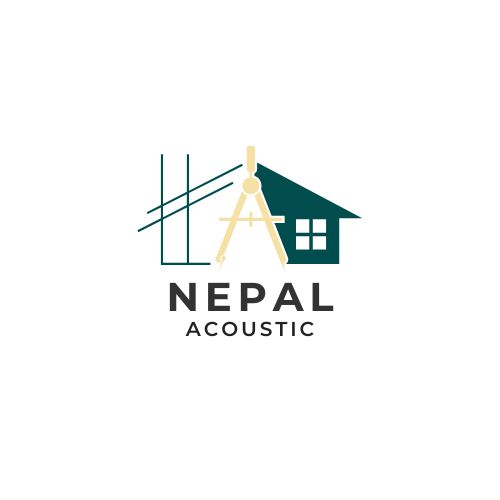Anechoic Chamber
Anechoic Chamber
An anechoic chamber is a specialized acoustical space designed to provide a free-field environment, where sound waves propagate without reflections or external noise interference. Functioning much like a precision acoustic measurement instrument, it allows for accurate testing of sound sources and receivers under highly controlled conditions.
Free-Field Conditions
In an ideal free-field, the inverse square law applies perfectly:
Sound pressure level decreases by 6 dB for every doubling of distance from a point source.
To achieve this, all surfaces must exhibit near-perfect sound absorption, with an absorption coefficient close to 1.0 at all angles of incidence. While a true free-field is physically idealized, well-designed anechoic chambers approach this standard with minimal deviation.
Construction Considerations
Creating a high-performance anechoic chamber involves careful design across acoustic, mechanical, structural, and electrical domains. Key elements include:
Anechoic Wedge Design & Treatment Selection
Defined Cut-Off Frequency based on wedge depth
Ultra-Low Internal Ambient Noise
Noise Isolation from external environment
Vibration Control & Mechanical Decoupling
Silenced Ventilation Systems
RF Shielding (if electromagnetic compatibility is required)
Specialized Acoustic Doors & Cable Routing
Floating Floors or Walkways with Gratings
Dedicated Lighting & Power Systems
For optimal performance, anechoic chambers are often constructed as standalone structures, isolated from host building walls and foundations to eliminate structure-borne noise transmission.
Noise & Vibration Isolation
One of the critical features of a functional chamber is its ability to block external noise effectively. This typically requires:
Single or Double-Wall Construction
Specialized Vibration-Isolated Mounting Systems
Decoupling Elements to prevent structure-borne transmission
Such isolation ensures that internal background noise remains below testing thresholds, preserving measurement accuracy.
Anechoic Wedges
A practical and widely used method to simulate a free-field is to apply wedge-shaped acoustic absorbers to interior surfaces. These wedges:
Gradually change acoustic impedance, allowing sound waves to enter and be absorbed
Prevent reflections by eliminating hard surface boundaries
Determine the lowest effective frequency (cut-off), which is inversely related to wedge depth
To maintain consistency, tight statistical quality control is implemented during manufacturing, ensuring that all wedges meet acoustic performance standards.
Applications of Anechoic Chambers
Acoustic testing of loudspeakers, microphones, and transducers
Measurement of noise emissions from mechanical or electronic devices
Psychoacoustic experiments and product sound design
Research and development in automotive, aerospace, and consumer electronics industries
Our Anechoic Chamber Showroom
